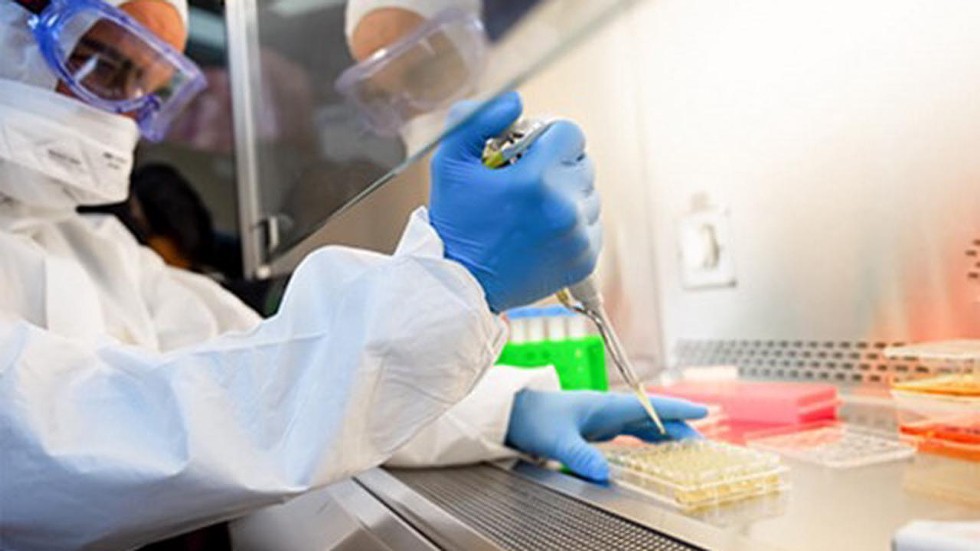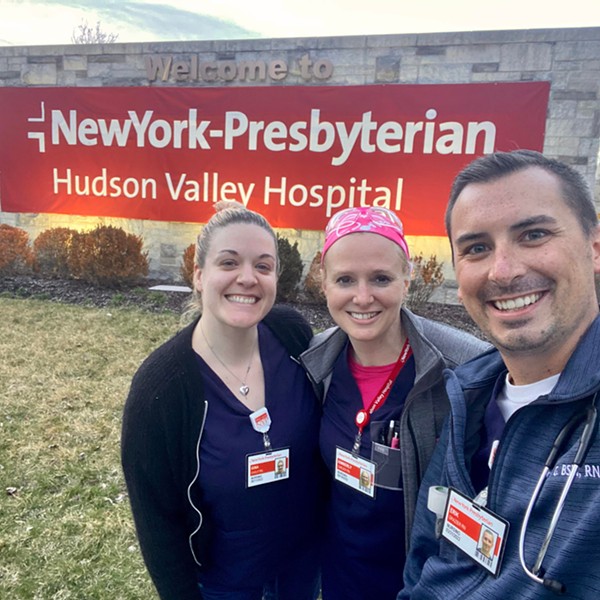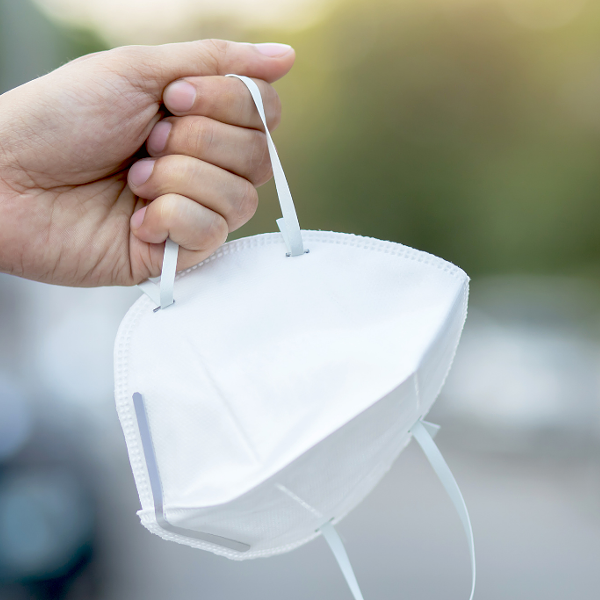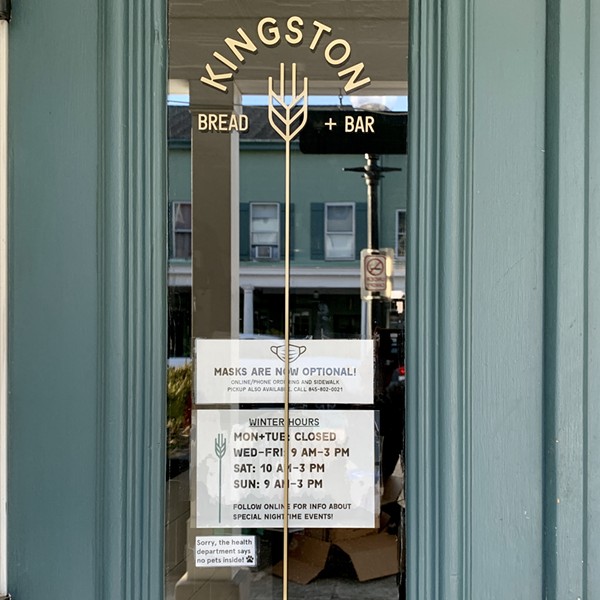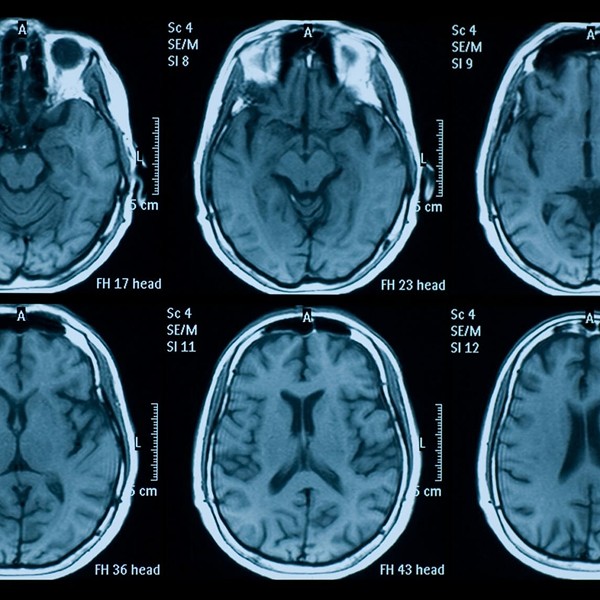On January 21, the New York affiliate of the National Association of Science Writers hosted a Q&A with Dr. John Moore, a virologist and tenured professor of microbiology and immunology at Weill Cornell Medicine who is known for his decades of research on HIV/AIDS. The questions were submitted to and asked by host David Levine, co-chair of Science Writers in New York. (Video of the entire conversation is here.)
The discussion covered the rapid development of the COVID-19 vaccines, how they work, and how protective they will be. It has been condensed and lightly edited for clarity.
You said the vaccines were not hard to figure out, since the technology and target were well-known.
If you had asked any of us in last March if we’d have an approved vaccine by December, we’d have laughed. It was possible because pre-existing technologies were repurposed. We had the preassembled pieces and just needed to adjust their composition. mRNAs (messenger RNA) are the newest, but the technology goes back a decade and has been thoroughly tested in animals and in human trials for other pathogens. Not a massive reinvention of the wheel, but still a phenomenally quick process.
[On the use of mRNA in vaccines]: What is it? How does it work?
mRNA is a tool that delivers the spike protein into the body. All of the leading vaccines, and most of those in early stages of development, are based on presenting the viral spike protein—the entity on the virus that induces neutralizing antibodies. You can do this in different ways: Deliver it as a protein—you make the protein in cell culture, purify it, and then mix it with an antigen and inject it, as with the Novavax vaccine. Or, you can put the spike protein genetic material into mRNA—importantly different than DNA, but still a genetic strand packaged in a lipid fat protein sphere to protect it. The lipid mRNA complex is injected, the little balls of fat with mRNA in them are taken up into cells, the mRNA is converted into protein, and then the spike protein induces antibodies. You can think of all of these as transportation devices…trains, boats, planes…that deliver the spike proteins, all designed to get you to point A to B as soon as possible.
Why has mRNA been successful against the coronavirus and not HIV?
Corona is an easier virus to vaccinate against. Variation is a huge problem. HIV mutates at an incredibly fast rate—every day. Influenza is another mRNA virus that is very variable, but not as bad as HIV and a lot less than coronavirus. Also, coronavirus spike proteins have a relatively easy target on them…a region that sticks out like a sore thumb that antibodies glom onto and take out the virus. The same region of the HIV spike protein is much more difficult to get at. You have to be a lot more cleverer and we haven’t managed it yet.
President Biden wants to get 100 million shots in the arms of people in the next 100 days. Is that realistic?
To do a hundred million of anything is not easy. The states are underfunded. It’s not been ideal to have them to do their own thing. Central direction would have helped. Seniors without savvy computer skills are finding it hard to log onto websites and navigate the system to register. We don’t want to see a large gap between first and second doses. Five weeks won’t make much of a difference, but we don’t want to see a lot of people half-vaccinated. Now we have better national leadership.
What made you try the Novavax vaccine?
I joined the Novavax vaccine trial at Weill Cornell Medicine a couple of weeks ago. I have a two in three chance of getting an active vaccine, and one in three of getting a placebo. One, I’m not old enough to be eligible for the mRNA vaccines. Two, working in a medical school, my biggest risk is getting a computer virus. I don’t mingle with patients or do stupid things. And three, my group’s HIV project is based on the prominent [trimer surface] proteins, the same as Novavax’s, so I know the design, the structure, and the system. Most people, including me, think the Novavax vaccine is the strongest of them all.
How can we speak about any particular variant, when there are more variants around?
Coronaviruses are not as variable as HIV. But if you put an mRNA virus into 100 million people and give it a year, you are going to get variants.
How well are they detected? The Brits have not done a stellar job on the coronavirus pandemic scientifically or politically, but they have done better on surveillance of genetic variance. We don’t have a good genetic surveillance tracking program in place and more transmissible variants are now being seen. Last March or April, most of the initial epidemic in the US, particularly in New York, was commonly called the Wuhan strain (where it originated). Then a variant, D614G, arose, probably in Europe, and the next wave of infections, including a lot of New Yorkers, involved the D614G strain: More infectious, more transmissible, and until recently, the dominant virus worldwide, it is not more vaccine resistant. Then around August to October, a new virus, the UK variant, B.1.1.7, emerged, which is also more transmissible but not vaccine resistant—we are pretty confident about that.
The South African variant, N501Y.V2, is more problematic. Papers indicate it will have some resistance to vaccines. Before we freak out, the word is some. It may not matter, but we sure as hell don’t want this virus spreading here because it is more transmissible and may have some vaccine resistance issues.
How long will the vaccine will protect for? Will we it be like a flu shot, taken every year?
Some vaccines last for life, like measles. It’s probably not going to be like that. It’s possible we’ll need a booster in a year. We really don’t know. Eight to nine months of data is starting to come in. Immunity wanes but there is such a thing as immunological memory and that is being measured now in recovered convalescent patients. Immune responses are still pretty good at 6-9 months. Will they still be good after a year? We will know in a year. After two years? We’ll know after two years. But coronavirus immunity does not last forever.
Does the Warp Speed model mean that future vaccine development will be cut down to 12-18 months, or will the multiyear model for approval stay in place?
It’s money. It was appropriate to put billions of dollars into Warp Speed considering the nature of the pandemic. I can’t imagine if you were developing a vaccine for the common cold it would be done. The one really good decision that Warp Speed made was produce large stocks of these vaccines before they were approved. The government took on the financial risk and said, “Okay, we know this might not work. We think it will. We’ll pay. Get producing. Fingers crossed.” If we got the efficacy trail results in December and only then started manufacturing, we wouldn’t be where we are today.
What made things get worse in the last few months?
Lack of leadership. Lack of discipline in the population, [people thinking] coronavirus isn’t real. Trump…his failure to do anything, so it became the Trump pandemic. If he had influenced his supporters to take this virus seriously, behave sensibly, not go to superspreading events, wear a mask; if we’d had a longer lockdown in March and April, whatever the economic pain—it was a shocking lack of leadership. We never got to below 40,000 infections per day.
What is the risk of getting a vaccine, and how do we talk to family and friends and encourage them to get them?
People die of coronaviruses. They are not dying of vaccines. Allergic reactions—equivalent to a bad reaction to a bee sting—are one in 100,000 to one in 200,000. I’ll take that chance. There are decades of good experience with vaccines. The technology, other than clean water, has saved more lives than any other medical intervention. Cultural icons taking the vaccine makes a difference.
People who get the vaccine, will they still need COVID tests before visiting with family or traveling?
There is still risk that you are capable of getting infected, not knowing it, and being contagious. Infection rates were at an all-time high in January. The prudent thing is to not change your behavior, and not throw away your mask. It takes two weeks after the second dose to be fully protected. If you walk around without a mask and say “I’m a vaccinated person,” you are going to run into problems anyway.
It takes time to answer these questions. “I don’t know” is the only answer we can give. Yes, the vaccine will make a difference over time, but we need time for that. Don’t do anything stupid.
What is your assessment of the individuals in the Biden Administration’s Coronavirus Task Force?
We don’t have Scott Atlas around anymore. That is a bonus. They are all impressive, seasoned professionals, top-quality people. I expect an increased ability level and better coordination among the different arms of the federal government. We still have Tony Fauci, who has been amazingly good in all of this. The new CDC director is outstanding.
Is herd immunity possible without a vaccine?
You can get to herd immunity if you are willing to sacrifice 1-2 million dead Americans. Trump, some other enablers, and a group of renegade scientists were promoting [this] over the summer. The Swedes messed around and they had the worst pandemic in Scandinavia. That’s not a price most societies were willing to pay. No, it is not a good idea. Vaccines should get us there. Estimates vary…but if you include recovered people, who probably have a good degree of immunity from reinfection, plus vaccinated…a vaccination rate of about 60-70 percent and maybe 20 percent recovered. It’s all ballparks. Nobody can give you a really precise number. The more contagious the virus, the more the herd immunity percentage goes up.







